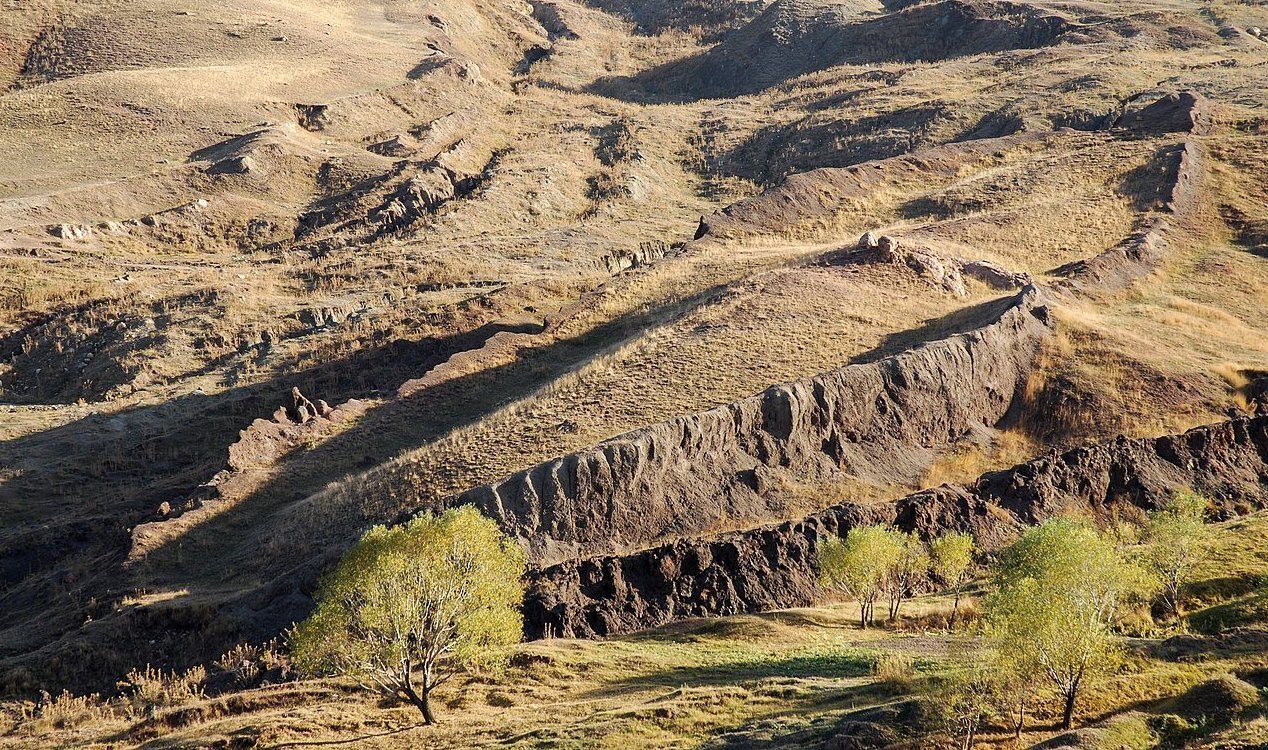
Is this Noah’s Ark ? Image Credit: CC BY-SA 4.0 Zorka Sojka
Scientists have found evidence of human activity dating back to the time of the Biblical vessel.

Whether or not you happen to believe that the events described in the Old Testament actually took place, the tale of Noah, the ark and the great flood needs no introduction.
For centuries, scholars have attempted to track down the final resting place of the ark which, according to the Bible, came to a stop somewhere in the mountains of modern day Turkey.

One site in particular – known as the Durupinar formation – is thought by some to be the petrified remains of the ark itself. Vaguely resembling the shape of a vessel, it is situated in Turkey approximately 3km north of the Iranian border and around 6,500ft above sea level.
While geologists generally argue that the site is a natural formation, since 2021 scientists from three universities in Turkey and the United States have been analyzing samples of the rocks and soil found at the site to determine if it really is home to Noah’s iconic vessel.Now, according to the initial results, there is in fact evidence of human activity at the site in the form of “clayey materials, marine materials and seafood” which date back to the time of the great flood.

“According to the first findings obtained from the studies, it is thought that there have been human activities in the region since the Chalcolithic period, that is, between the years 5500 and 3000 BC,” said Prof. Dr. Faruk Kaya of the Agri Ibrahim Cecen University.

“It is known that the flood of Prophet Noah went back 5,000 years.”

Of course, evidence of human activity at the site from around that time neither confirms nor denies that the formation itself is Noah’s ark, nor that Noah actually existed.

For those hoping to prove once and for all that the site really is the final resting place of the ark, however, it does – at the very least – represent a step in the right direction.